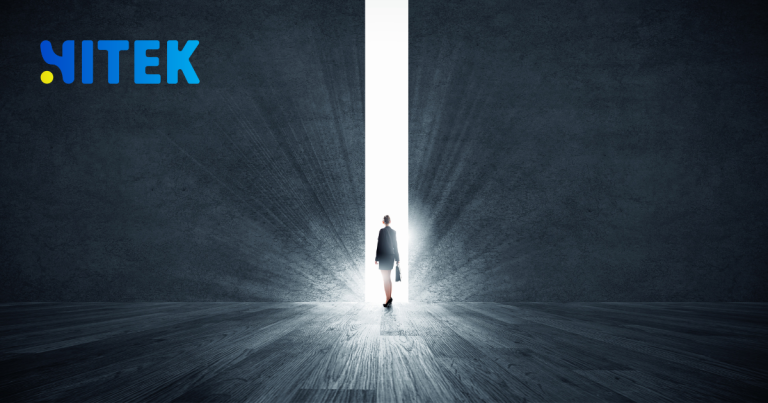In the world of web development, trends come and go, but some innovations leave a lasting impact. One such innovation is the rise of headless web development. If you’re an Australian business owner, developer, or tech enthusiast, you’ve likely heard the term thrown around. But what does it mean, and why should you care? Let’s break it down in a way that’s both insightful and easy to understand.
Contents
ToggleWhat Is Headless Web Development?
At its core, headless web development is a modern approach to building websites and applications. Unlike traditional web development, where the front end (what users see) and back end (where data is managed) are tightly coupled, headless architecture separates the two.
Think of it like this: In a traditional setup, the front and back end are like a married couple—always connected and dependent on each other. In a headless setup, they’re more like business partners—working together but independent, each focusing on their strengths.
The “head” in headless refers to the front end, while the “body” is the back end. Developers gain unparalleled flexibility to create unique, fast, and scalable digital experiences by decoupling these layers.
Why Go Headless? The Benefits for Australian Businesses
For Australian businesses, adopting a headless approach can be a game-changer. Here’s why:
1. Flexibility and Customization
With headless architecture, developers aren’t limited by traditional content management systems (CMS) constraints. They can use any front-end framework (like React, Vue.js, or Angular) to create highly customized user experiences. The possibilities are endless, whether you’re building an e-commerce site or a content-rich platform.
2. Improved Performance
Headless websites can load faster by separating the front and back ends. This is because the front end can be optimized independently, reducing the load on the server. This can significantly benefit Australian users, who often face connectivity challenges in remote areas.
3. Omnichannel Readiness
Headless architecture isn’t just for websites. It allows businesses to deliver content across multiple platforms—mobile apps, smart devices, kiosks, and more—from a single back end. This is particularly valuable for Australian businesses looking to expand their reach.
4. Future-Proofing Your Digital Presence
Technology evolves rapidly, and headless development ensures your website can adapt without requiring a complete overhaul. Need to integrate a new tool or platform? No problem. The decoupled nature of headless architecture makes updates seamless.
How Headless Works: A Technical Overview
To truly understand headless web development, let’s take a closer look at how it functions:
- Back End (Content Repository):
This is where all your data lives—product details, blog posts, user information, etc. Popular headless CMS options include Contentful, Strapi, and Sanity. - Front End (Presentation Layer):
This is what users interact with. Developers use APIs (Application Programming Interfaces) to fetch data from the back end and display it on the front end. - APIs (The Connector):
APIs act as the bridge between the back end and front end. They ensure data flows smoothly, enabling dynamic content delivery.
Here’s a simple table to illustrate the differences between traditional and headless web development:
| Aspect | Traditional Development | Headless Development |
|---|---|---|
| Front End & Back End | Tightly coupled | Decoupled |
| Flexibility | Limited by CMS | Highly customizable |
| Performance | Can be slower | Optimized for speed |
| Omnichannel Support | Limited | Seamless across multiple platforms |
| Future-Proofing | Requires frequent overhauls | Easily adaptable |
Real-World Applications in Australia
Headless web development isn’t just a theoretical concept—it’s used by Australian businesses to drive actual results. For example:
- E-commerce: Companies like The Iconic leverage headless architecture to deliver fast, personalized shopping experiences across devices.
- Media and Publishing: News outlets use headless CMS platforms to distribute content seamlessly across websites, apps, and social media.
- Travel and Tourism: Australia is a top tourist destination, and headless solutions help businesses provide real-time updates and bookings across multiple channels.
Is Headless Right for Your Business?
While headless web development offers numerous benefits, it’s not a one-size-fits-all solution. Here are a few considerations:
- Complexity: Headless setups require technical expertise. If your team lacks experience with APIs or modern frameworks, you may need to invest in training or hire specialists.
- Cost: The initial setup can be more expensive than traditional development. However, the long-term benefits often outweigh the costs.
- Use Case: If your business relies heavily on omnichannel experiences or requires high levels of customization, headless is likely a great fit.
Getting Started with Headless Development
Ready to explore headless web development for your Australian business? Here’s how to get started:
- Assess Your Needs: Identify your goals and determine if headless architecture aligns with your business objectives.
- Choose the Right Tools: Select a headless CMS and front-end framework that suit your requirements.
- Partner with Experts: Work with a development team experienced in headless solutions to ensure a smooth implementation.
Final Thoughts
Headless web development is more than just a buzzword—a powerful approach that can transform Australian businesses’ online operations. Decoupling the front and back end gives you the flexibility, performance, and scalability needed to thrive in today’s digital landscape.
Whether you’re a startup or an established enterprise, now is the time to explore how headless architecture can elevate your digital presence. Ready to take the next step? Contact a web development expert today and see how headless can work for you.
By embracing headless web development, Australian businesses can stay ahead of the curve and deliver exceptional digital experiences that resonate with users nationwide and beyond.









